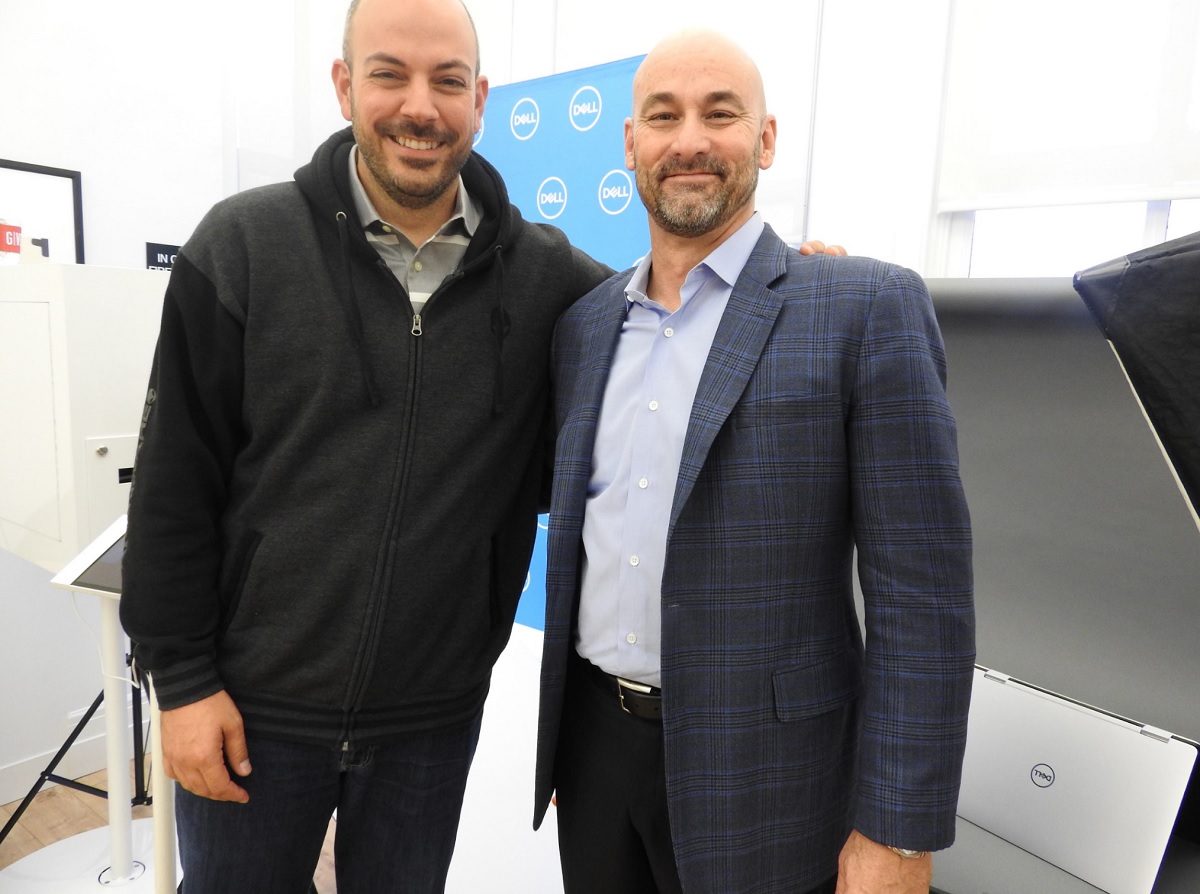Intel and Advanced Micro Devices recently got together to design their central processing units (CPUs) and graphics processing units (GPUs) in a more compact space within a laptop. One of the prime beneficiaries of that is Dell, which is launching a 15.6-inch 2-in-1 laptop today using the Intel-AMD combo chips.
I caught up with Dell executives Frank Azor — who oversees the Alienware, XPS, and gaming businesses — and Darrel Ward, the senior vice president of commercial client solutions at Dell. The company is revealing a bunch of new products today at CES 2018, the big tech trade show in Las Vegas. I went to a preview event and talked with the executives about their lineup, and Azor addressed the idea of making laptops smaller and more power-efficient while at the same time making them capable enough to run high-quality games.

Unlock premium content and VIP community perks with GB M A X!
Join now to enjoy our free and premium membership perks.
![]()

![]()